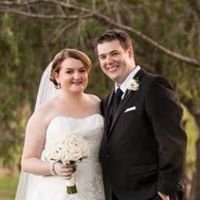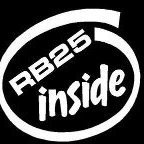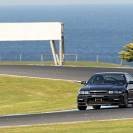Announcements
-
Similar Content
-
Latest Posts
-
By Dose Pipe Sutututu · Posted
Red Bull, if you're reading this thread, please sponsor us 🥲 -
By robbo_rb180 · Posted
Just need to find some sponsor dollars and we'd be good to go. -
By Dose Pipe Sutututu · Posted
I reckon if we all banded together, we'll make a great race team (build, fab, tune, pit, race) all under one roof. No need for external vendors. -
Anyone have the part number for this? Edit: Just seen it could be either left or right that has snapped, any tips on how to tell which?
-









Recommended Posts
Create an account or sign in to comment
You need to be a member in order to leave a comment
Create an account
Sign up for a new account in our community. It's easy!
Register a new accountSign in
Already have an account? Sign in here.
Sign In Now